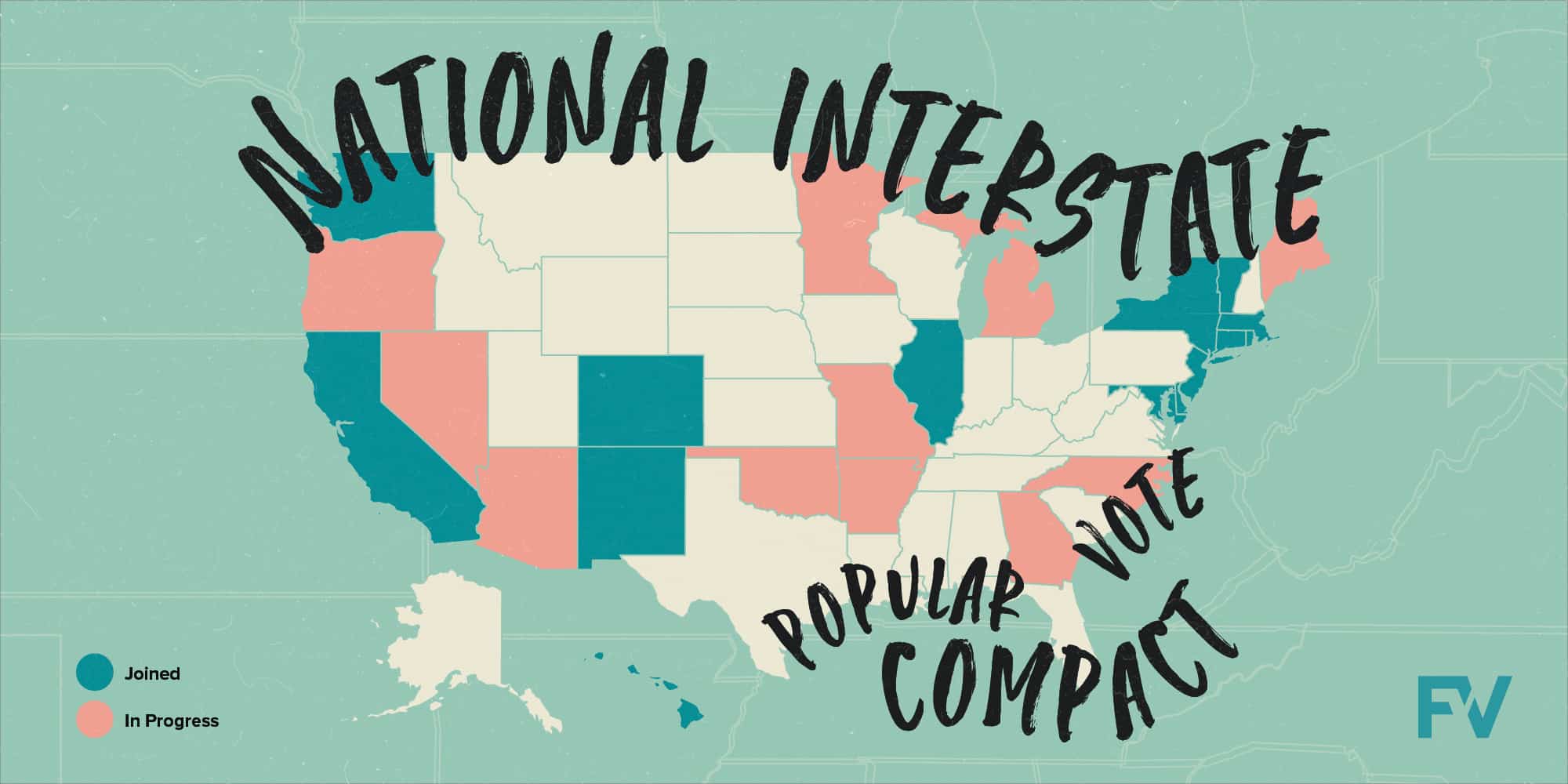Know
National Popular Vote consultant to speak in St. Pete

In the last twenty years, two U.S. presidential elections have been won by a candidate who lost the popular vote. In both 2000 and 2016, what critics say is a flawed and antiquated electoral college system, has been called into question. Now, a controversial movement has formed to fundamentally change the way the electoral college functions.

Patrick “Rosie” Rosenstiel
On Thursday, the Suncoast Tiger Bay Club will host top National Popular Vote Consultant Patrick “Rosie” Rosenstiel at the St. Petersburg Yacht Club to discuss the implications the movement could have for future presidential elections, why it matters, and the traction the movement has gotten thus far.
The National Popular Vote Interstate Compact is a state-by-state movement that would, in essence, award the electoral votes from the states participating in the compact to the winner of the popular vote across all 50 states and the District of Columbia. The compact would go into effect once the 270 electoral college vote threshold has been reached between participating states.
The National Popular Vote Interstate Compact bill has so far been enacted by 16 jurisdictions with 196 electoral votes, including the District of Columbia, Delaware, Rhode Island, Vermont, Colorado, Connecticut, Maryland, Massachusetts, New Jersey, New Mexico, Oregon, Washington, California, Illinois and New York. Just 74 more electoral college votes are needed for the Compact to take effect.
According to the official National Popular Vote website, it would ensure, “that every vote, in every state, will matter in every presidential election.”
Proponents of the National Popular Vote movement argue that the state-by-state compact is a fundamentally conservative approach to solving the discrepancy between the national popular vote and the electoral college. It would leave the Electoral College in place, operating under the notion that states already have authority, under Article 2, Section 1 of the Constitution, to award their electoral college votes as they see fit. The current electoral college system is characterized by “winner-take-all” laws over 48 states, which award the state’s electoral college votes to the candidate receiving the most popular votes in that state. As a result, outsized campaign efforts focus on fewer states, most of which are key swing states, including Ohio, Florida, Michigan and Iowa. In 2012, two-thirds of all general-election campaign events were held in just four states. No events were held in thirty-eight states.
While critics of the movement argue that it would disadvantage rural areas and make the oft-red leaning swing states like Florida and Texas (which is now in play for 2020) less powerful. However, Making Every Vote Count recently announced a new poll that found 62 percent of likely voters support their state joining the National Popular Vote Interstate Compact.
Tickets are still available for Thursday’s Tiger Bay luncheon with Consultant Patrick “Rosie” Rosenstiel. Find more details here.








Andrew Arensburger
September 17, 2019at1:20 pm
John Donovan:
Your question about “a few largely populated states” sounds a lot like the system we have now, where the president is, in effect, chosen not by the most populous states, but by a handful of “swing” or “battleground” states.
Currently, if you live in a reliably-blue state like Vermont or Maryland, the Democratic party takes your state for granted, and the Republican party has written you off. The situation is reversed in reliably-red states like Idaho and Oklahoma. Either way, neither party feels any need to cater to your or your state’s needs.
As for the comment about James Madison: he and the other founders did a very good job writing the Constitution, but let’s not treat them as flawless demigods. The Constitution can be improved, and has been (the abolition of slavery, and direct election of senators being two examples).
The Electoral College is obsolete in the 21st century. We can do better.
Trent England
September 21, 2019at3:42 pm
The difference, John, is that the Electoral College forces politicians to win by winning over states that are closely divided—politically balanced—rather than by running up the score where they’re already dominant. In other words, the Electoral College provides an incentive against regionalism. That is why James Madison, at the Constitutional Convention, said that a national popular vote would be dangerous—it would hand over control of the Executive Branch to a few major population centers and leave everyone else out.
JOHN DONOVAN
September 16, 2019at3:32 pm
The Electoral College is neither flawed, nor antiquated. In fact, it’s brilliant. That’s the conclusion thinking people should draw from recent Presidential elections(the only place it applies). Or would all of our citizens prefer to be run by the citizens of a few largely populated states?
There is no money to be made in the status quo, consequently we get occasional charismatic opposition. After this guy speaks, read some of the work by and about James Madison. Then ask yourself, who was the brilliant creator of unique and durable government institutions leading to the worlds most free and prosperous nation,(a republic, not a democracy by design) and who is a guy trying to make a quick buck.